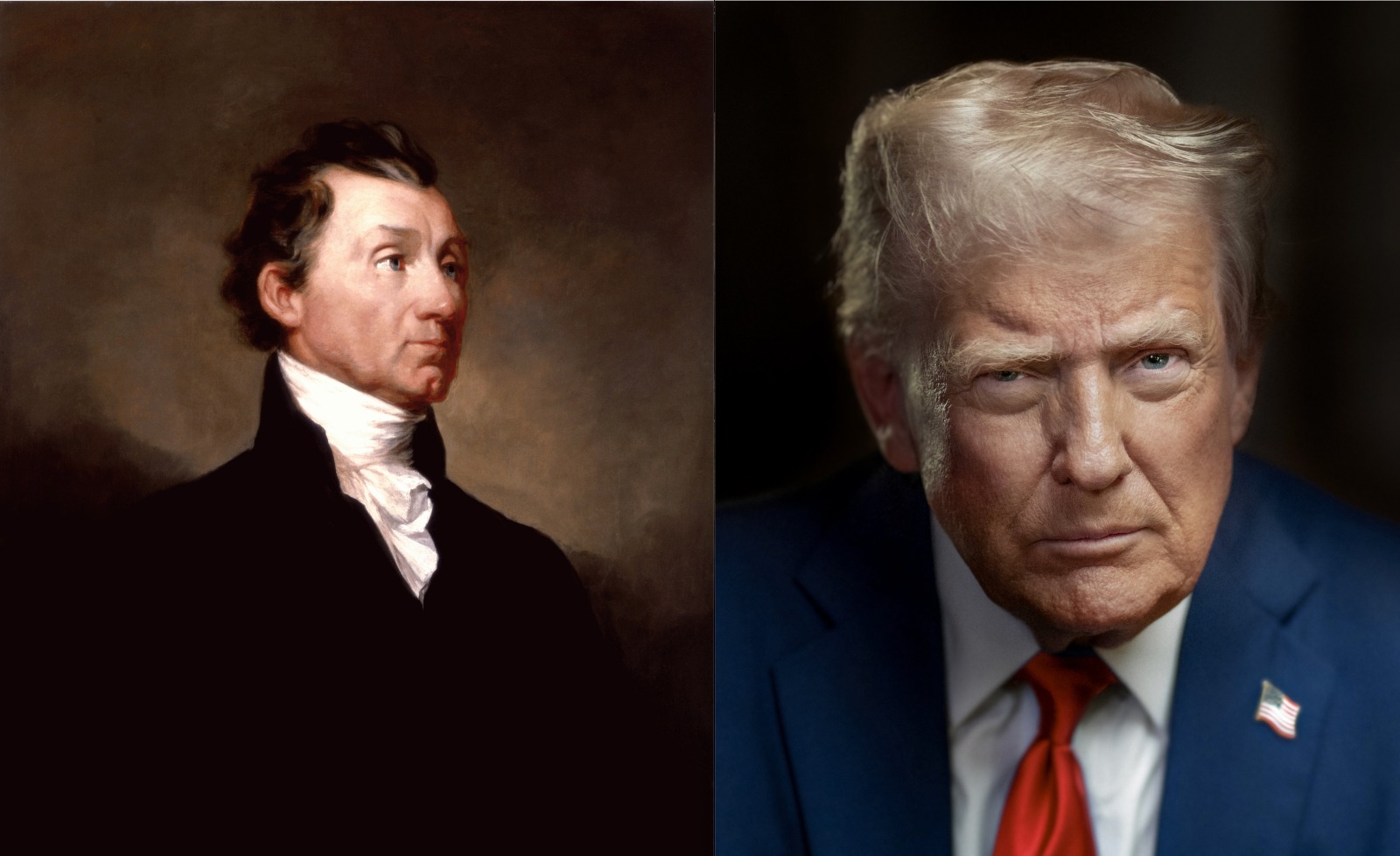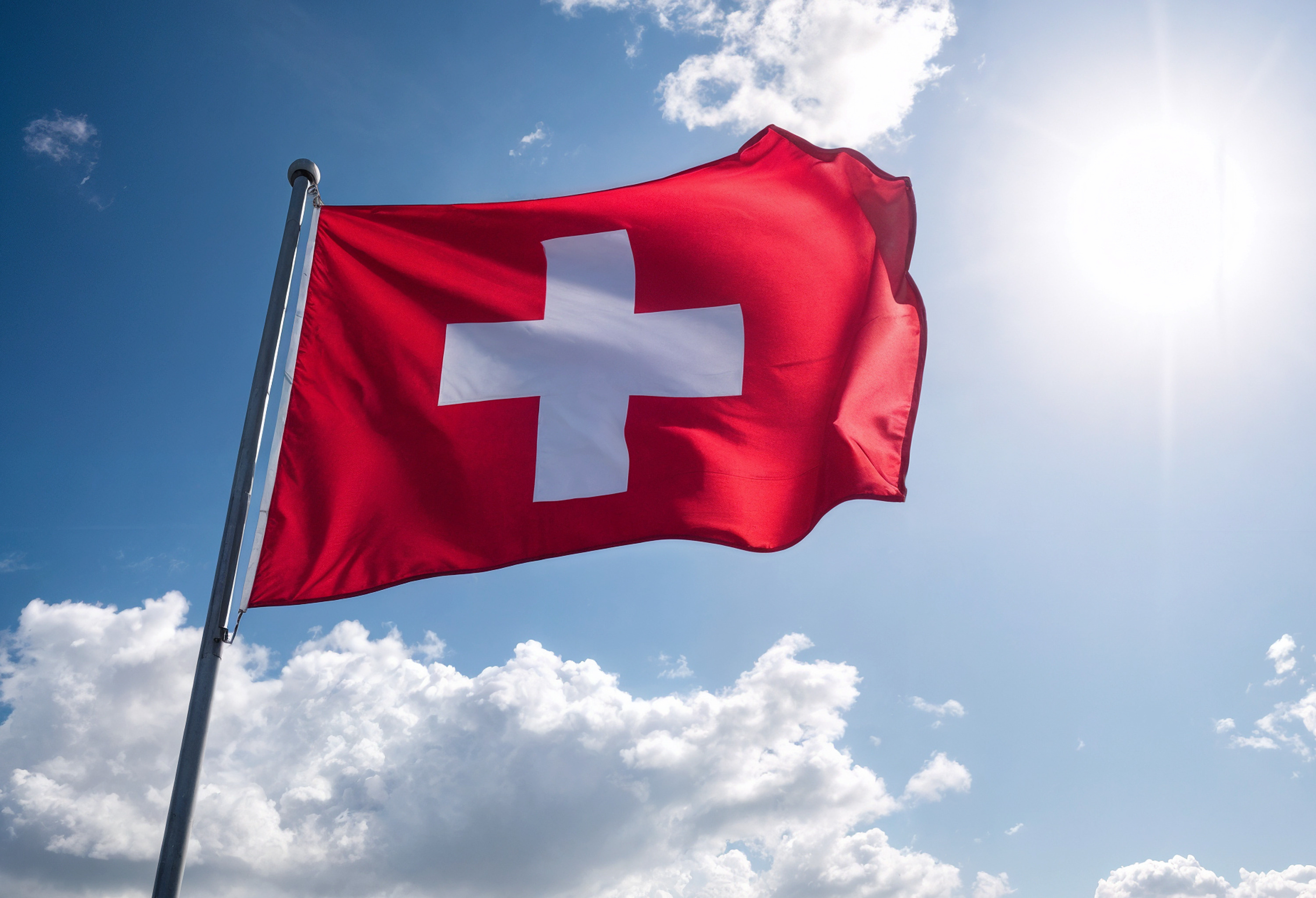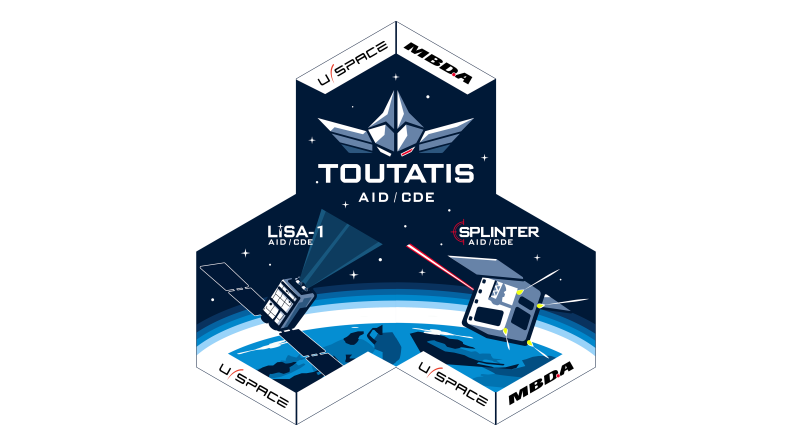Although the maturity and coherence of the deterrent mission of the Air Force will remain at their peak with the overall modernisation of its assets, the Strategic air forces (Forces aériennes stratégiques—FAS) must remain a technical and operational step ahead of potential adversaries in a constantly-evolving environment.
Future Challenges for the Air-Carried Component of the Deterrent
Among the missions given to the armed forces, the Air Force in particular, there is one whose history and culture is deeply embedded in that of our airmen: nuclear deterrence. Originally conceived as a collective effort between the armed forces, the procurement organisation (the Direction générale de l’armement—DGA), the Atomic energy commission (now called the Commissariat à l’énergie atomique et aux énergies alternatives—CEA) and industry, united towards a common goal, it was an effort without precedent, a national ambition that forms the basis of our defence and the ultimate guarantee of the survival of the nation. Supported by successive Presidents of the Republic for nearly 60 years, it involves commitment at all levels—political, strategic, operational, industrial and research and development (R&D). The armed forces’ role in this coherent chain of responsibilities from the highest level of the state down to the operators is to offer to the President of the Republic a variety of possible actions in order to guarantee constant freedom of French action. From the point of view of the Strategic Air Forces (Forces aériennes stratégiques—FAS), this effort is now, and will continue to be, a matter of operational effectiveness and demonstration. In this regard, the challenges that face the permanent airborne component are inseparable from those facing the Air Force as a whole and are related to that national ambition: it is important therefore that the objectives and motivation of that ambition are well understood, so in dealing with the issues of those future challenges we need first to explain the ‘grammar’ of the nuclear business—something that changes slightly with each era and each system. Thereafter we’ll look in detail at how the Air Force carries out the mission that falls to it now and into the future, of giving the President of the Republic the ‘language’ he needs for deterrent dialogue.
* * *
Any consideration of deterrence has to start with the historical and conceptual fundamentals that guide French effort in the subject. Deterrence is above all a national ambition and a key element in French defence policy. It was derived from the chord struck between the levelling power of the atom (expression after Pierre-Marie Gallois) and the trauma of the strategic shock of the German invasion, which gave rise to the expression June 1940: never again and made even more necessary by the nuclear blackmail that overshadowed the Suez Crisis in 1956. The decision to provide the nation with nuclear power was derived from de Gaulle’s ‘certain idea of France’. Post-war politicians launched into this titanesque adventure in the name of safeguarding the sovereignty of France and preserving its freedom of action. The magnitude of this nuclear adventure, as its name suggests sets deterrence as a characteristic element of French identity. It was the backbone of French industry in the years following the War and the nuclear ambition gave France a coherent vision and the ability to once again become a major power. That coherence applied across complementary civil and military programmes, access to space, ballistic launch vehicles, independence in generation of energy and naval propulsion, the national aeronautical industry and high-tech defence aeronautics, to mention just some. This preamble is important for understanding what it all really means, when embarking upon discussion of nuclear matters. Far from a simple element in the range of possible defence strategies, deterrence in France is thought as consubstantial with the idea of The Nation, and its post-war manifestation in the current Fifth Republic. It is not some simple attribute of power but the ultimate guarantee of the survival of France as a sovereign nation, in the words of its founding fathers (albeit tautologically).
Once the step in the nuclear direction was taken, thinking and contexts evolved and France took on a kind of nuclear grammar (expression after Bruno Tertrais). Doctrinal concepts use this grammar to create a set of rules and laws that govern interactions between the various deterrent elements and the geostrategic situation.
Deterrence starts once one is able to bring to bear a sufficiently credible threat to force the adversary into a cost-benefit calculation that will decisively alter his action. The key element of nuclear grammar is therefore political, technical and operational credibility. The central concept of any deterrent strategy relies on five doctrinal notions which, although they evolve over time and with changing contexts, remain essentially stable.
• National independence could be understood as a multi-stage rocket: it is manifest in issues of programmes, R&D, implementation and in the decisional process at the top of which is the Head of State. It is both a means and an end.
• Permanence is the notion that determines the format of the armed forces responsible for putting deterrence into effect. It is made necessary by virtue of the political credibility that it carries. Given the size of the stakes involved, only special, regularly trained forces, used to handling nuclear devices and to very high intensity engagements, are able to achieve the required threshold of operational credibility.
• The notion of unacceptable damage is the centre of the nuclear issue and ensures that the doctrine avoids any drift of nuclear use towards possible use on the battlefield. Whilst it is true that the role of the forces, particularly that of the air-carried component, exists to offer options to the President of the Republic, it is imperative it remains a step into the unacceptable.
• The vital interests that deterrence defends give rise to a sort of material and immaterial sanctuary with vague and changing outer limits whose definition is the sole prerogative of the President. The absence of definition of these boundaries avoids any attempt to undermine deterrence. The related concept of a warning strike complements this notion to avoid an adversary from mistaking our intentions.
• Lastly, strict sufficiency—both words are important—is the expression chosen to express the fact that French effort, especially in the size of its nuclear arsenal, is of a magnitude to guarantee unacceptable damage today and in the future. Moreover, the notion of limitation carries with it a stopping point in any escalation of weapons whilst reinforcing the credibility of a system in which each piece is carefully though out in order to give it a particular effect.
Returning to the fundamental element, credibility, and to its operational aspect, it is worth noting just how the two components—seaborne and airborne—complement each other in guaranteeing that the President of the Republic has the ability to inflict that unacceptable damage. This complementarity arises from the different military effects that ballistic and aerobic missiles bring. It underlines the difference between the two forces. Whereas the Ocean-going strategic force (Force océanique stratégique—FOST) concentrates on the invisibility and permanence at sea of the submarine, the FAS focuses on procedures for increasing visibility that can be open and demonstrative.
Their modes of action complement each other in their manners of penetration and in the modelling used in planning between determinist planning on one hand, based upon calculation and a military strike plan on the other, less able to be modelled yet one which relies on broad strategic concepts such as concentration of fire, exploitation of the adversary’s weaknesses and saturation of defences. In any case, the two components come together through the guarantee of their effectiveness: the submarine by its discretion and the FAS by its permanent operations of show of power and nuclear raids.
To complement this broad look at our deterrent it is worth looking at duality, one of the characteristics of the permanent airborne component. This peculiarity is historical: Mirage IV have been employed since 1971 on reconnaissance missions, and tanker aircraft deliver fuel to all operational theatres: only a minority of these missions is conducted for the FAS. Such duality is inherent to the concept of use of the airborne component and affirms its credibility by demonstrating the skills of aircrew and command and control structures. In moving to an all-Rafale era, the FAS have achieved a further step in this duality. Whereas the Mirage IV and Mirage 2000N were aircraft specialised in the nuclear mission, and only occasionally used for conventional missions, the Rafale was built as an all-role aircraft: there is nothing to distinguish a FAS Rafale from a conventional Rafale. Because of this, the combat craft of the FAS can be, and are, employed as much on conventional missions as on their principal, nuclear one. The arrival of the A330 Multi-Role Transport Tanker (MRTT—Phénix) from October 2018 highlights this duality even further. These replenishment aircraft can now simultaneously deliver fuel and transport personnel and/or freight over very long distances.
Not content with just showing the operational credibility of assets, duality offers the President the means for deterrent dialogue with an adversary. Whether in Poker operations or by the fact that the FAS participate in all external operations—Operation Hamilton(1) is an example—even in time of peace the air component allows us to show our operational abilities very clearly in the protection of French interests.
In taking the necessary step back to observe this overview of deterrence the reader will understand how the challenges taken up by the Strategic Air Forces are never uniquely tactical. They carry with them that national ambition that relies on the entire state and industrial structure of our deterrent.
***
Thus the Air Force, through the strong arm of the FAS, holds the major structural responsibility of giving the President of the Republic his deterrent dialogue and guaranteeing his freedom of action. The air component is therefore always working to ensure these options are available to the decision-maker whilst at the same time maintaining the duality and ability for demonstration that is in its genes, along with its complementarity with the FOST. Throughout the history of the FAS, such effort has always required advancing along two lines in particular: operational effectiveness and demonstration thereof—two key elements of credibility.
The FAS are today harvesting the fruit of ten long years of modernisation. The effectiveness of the three systems ASMPA(2)+Rafale+Phénix has achieved remarkable results with regard to the golden rules of the ‘three Ps’—précision, pénétration, portée (precision, penetration and range). The performance of the missile, regularly evaluated during the forces’ test firings, is ensured by 40 years of French expertise in ramjet technology. The ability of Rafale to change instantly from an air-air role to an air-ground one is a major advantage in terms of organisation and doctrine of use. Its low altitude, all-weather, high-speed penetration performance is one of the key points in the credibility of the system. In addition, the renewal of our tanker fleet means a greater fuel load and better availability, together affording the long-range action required by the President of the Republic, in accordance with the doctrine of deterrence at all levels and in all places.
All that said, the operational effectiveness of the air component does not come solely from the FAS. During a nuclear raid the entire Air Force takes part. The successive operations of the FAS, which have continued uninterrupted for over 55 years, have integrated nuclear weapon-carrying aircraft under the permanent responsibility of the FAS with protection and support assets that usually come under other command structures. This close integration of conventional and nuclear assets is strengthened further by the multi-role aspect of the Rafale, and supports the Air Force’s expertise in high-intensity engagements.
The principle of a nuclear operation relies on the effect of mass. Aircraft depart in cells, each grouped around a tanker, before leaving it to attack in a pack. The size of the raid can be altered to suit the President’s requirements but in any case the raid has with it its means of protection. It therefore offers the flexibility and robustness required to establish a deterrent dialogue. Integration of the FAS into the Air Force underpins the latter’s mantra of firm, fast and far.
Looking to the future, the principle of guaranteeing penetration relies on always being a move ahead in the game of sword versus shield. This implies dedicating enough support to R&D in order to stay on the right side of the technological barrier. That is why the air component’s future challenges concern the entire spectrum of penetration, from the tanker via the combat craft to the missile itself. Here again, history is enlightening when looking at these issues for the future. When deterrence started, in order to overcome Soviet anti-air artillery defences and interceptors we had to fly very high and very fast. Thus Mirage IV became the first aircraft in the world able to fly at twice the speed of sound and to maintain this speed at an altitude of 13 km (43,000 feet). Later, the interception of Gary Powers’ U-2 in 1960 made the world acknowledge a new vulnerability as defence systems developed. It sounded the end of very high altitudes and later of the gravity bomb. From then on the concept of penetration relied on terrain following, later complemented by the cruise missile. In the future the progress being made in Anti Access/Area Denial (A2/AD) systems will force re-evaluation of our doctrine in the knowledge of a single truth: that no armour is without its faults. To achieve the right future force size in accordance with the concept of strict sufficiency it is important to understand fully the enemy defences, which in turn imposes upon us a considerable intelligence and anticipation effort. Seen from today’s point of view, it is probable that ASN4G(3) will be a very long-range missile, able to fly higher than the adversary’s interceptors and at hypersonic speeds, and will be hyper-manoeuvrable.
Following the fundamental characteristics of the airborne component, we’ll need to think about interoperability and even commonality of FAS assets with those of the conventional forces. Hence the reason why thinking on the Future combat air system (FCAS, Système de combat aérien du futur—SCAF) is from the outset integrating deterrent requirements. This recognition is setting another new ambition that is to ensure mastery by the Air Force of high-intensity combat.
Finally, and more generally, deterrence encourages the link between the Air Force, defence industry, R&D and the rest of the aviation world. Looking beyond the usual horizon of conventional weapons programmes, given that deterrence is a living beast that evolves slowly, the guarantee of penetration to which we are committed and which comes from what the American call the refusal of a fair fight, dictates the need for keeping a technological step ahead and forces us to look to the future with some uncertainty. Paraphrasing what President Mitterand said long ago to researchers at the CEA, if we find difficult we’ll have to look harder. This sort of ‘forward imbalance’ is integral to the history of the FAS and is the backbone of the French aeronautical industry. Just as Mirage IV led to Concorde, the ASN4G, FCAS and the future nuclear carrying vehicle will be the stimuli that push our engineers and researchers to develop completely new technology by which France will remain a world leader in the aeronautical sector. Beyond the purely military weight behind mastery of nuclear weapons, the industrial capabilities it carries with it are essential contributions to preserving our country’s rank among world powers.
To be effective is a challenge: to demonstrate it, a necessity. Demonstration of operational performance of the Air Force establishes the dialogue with the adversary and sets the thresholds of escalation that force him to give in.
Such a demonstration is addressed mainly to a single audience: a (or any) potential adversary. It is based on an operational posture concept that consists of having a determined number of assets available in set timescales. These stages of increasing readiness form the basic rhythm of FAS operations. They are regularly exercised for demonstration purposes and are part of the central business of the permanent airborne component. These readiness operations are the backbone of the deterrent, underlining the need for the air component command to be both operational and organic, reliant upon proven skill in C2 and supported by the operations centres of the strategic air forces (Centres des opérations des Forces aériennes stratégiques—COFAS I and II). Knowing permanently the state of the forces, availability of assets and preparation of crews is a necessity inseparable from maintenance of the posture that allows the FAS to maintain the balance of activity between periods of operational preparation, conventional operations and nuclear operations. Experience in this control of activity gives the FAS the ability to conduct two major types of operation.
The first, that of increasing readiness, can be done discreetly or openly according to the President’s directive. The recall of aircraft to the homeland, and deployment or gradual increase in alert state of forces over their alert areas, which could be programmed as a function of times of satellite passes, send a quite explicit message to those who listen.
The second type of operation, the nuclear or conventional raid, might also include test firings by the forces. Following the principle of demonstration by element, each segment of the deterrent mission is demonstrated several times a year. The clearly demonstrated long-range nature of operations, the level of adverse defence reproduced and the absence of impasses in the scenarios are all visible measures of operational credibility. To mention one recent example, during Operation Excalibur a Rafale B aircrew demonstrated its ability to conduct a 12-hour raid in a scenario with realistic opposition before firing an ASMPA missile, carrying out all that was expected of it. The fields covered by these various demonstrations are therefore well in accordance with the three Ps rule with here, the particular addition of 12 hours’ worth of reach, equivalent to some 10,000 km (6,200 miles).
This requirement for demonstrability propels the Strategic air forces into a field of operation that is the essence of the Air Force’s skill, power projection, and the need to extend continually the FAS’s range of action concentrates effort on that mission. The duality means conventional forces can also benefit from advances required of the nuclear mission, especially in capability terms. Replacement of the C-135 tankers by a more agile, robust and better-performing fleet of 15 Phénix, currently gradually joining the ranks, means it will be possible from 2022 to deploy 18 Rafale and their support crews anywhere in the world in 48 hours. This hitherto unknown capability is a real game changer and for conventional commitments will contribute directly to providing the political decision level with the possibility to conduct high-intensity operations 20,000 km/12,500 miles from mainland France, independently or in coalition.
There is another side of the duality coin: though useful for the Air Force and the FAS, since bringing together conventional and nuclear forces builds up efficiency and performance of air combat arrangements, there is a minimum level below which the accumulation of operational tasks could bring the whole edifice tumbling down. Their very multi-role nature means that FAS assets are called upon to fulfil a number of missions and hold a number of alert states, including the permanent posture of security, reconnaissance missions, power projection and operational exercises. This is all very virtuous and improves the competence of the Air Force overall yet tends to limit the availability of assets for conducting organic personnel training—improving skills and tactics, for example. In the same way, a fleet whose dimensions are derived from the lowest common denominator of the missions given to the Air Force could in the case of high-intensity conflict end up leading the decision-maker to keep back his assets for the ultimate, nuclear mission.
In short, below a certain level what was virtuous can become counter-productive. Instead of offering options and guaranteeing freedom of action to the Head of State, the structure could push him towards rattling the nuclear sabre too soon. Duality is therefore a double-edged sword and the issue of the format of forces and numbers of aircraft remains critical despite the efficiencies engendered by multi-role fleets.
The permanent air-carried component has today reached maturity and remarkable coherence. The challenge remains to maintain that ‘forward imbalance’, thus preserving the technological and operational advance over our potential adversaries. Demonstration of our effectiveness through duality inspires the performance of the entire Air Force. The logic of will pitted against will continues to be the sole consequence of any geostrategic situation: hence it is vital not to be constrained by any weakness. On the other hand the argument has to follow the doctrine of strict sufficiency and unacceptable damage: misrepresenting it could have fatal consequences.
* * *
The Strategic Air Forces carry a national ambition consubstantial with the Fifth Republic, and are at a pivotal point in their history. After ten years of transformation that have allowed them to develop their duality, the FAS are approaching the future as carriers of a number of challenges that concern not only the Air Force but also the overall military-industrial complex. Permanence, the cornerstone of the FAS’s existence, applies also to the sword versus shield argument that underpins all technological progress. The very principle of deterrence implies always being beyond the adversary’s range in the debate, which for research and development means always looking ahead. Duality raises different stakes, essentially issues of format of forces. Beyond these matters we must recognise that the real success of the FAS comes from their complete integration into the Air Force. The permanent deterrence mission gives structure to the Air Force in terms of its ability to project power and will in the future contribute to the projection of forces: the venerable Boeing tankers that 55 years ago helped France become a nuclear power have been waiting as impatiently as our airmen for the arrival of the Phénix. ♦
(1) See the article by Lieutenant Colonel Moyal in this volume, p. 47-52.
(2) Air-sol moyenne portée amélioré (Improved medium range air-ground missile).
(3) Air-sol nucléaire de 4e génération (4th generation nuclear air-ground [missile]).






